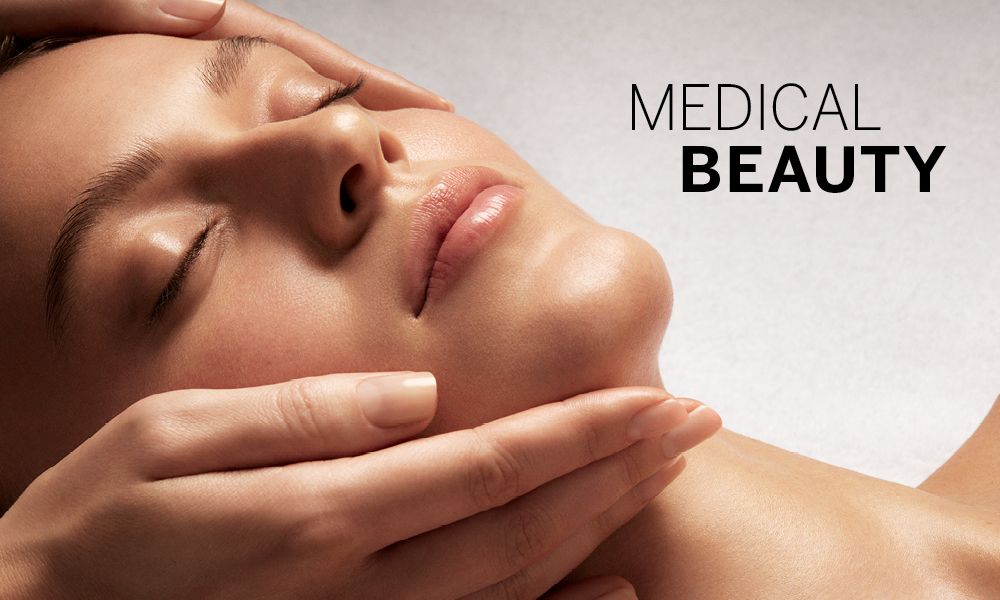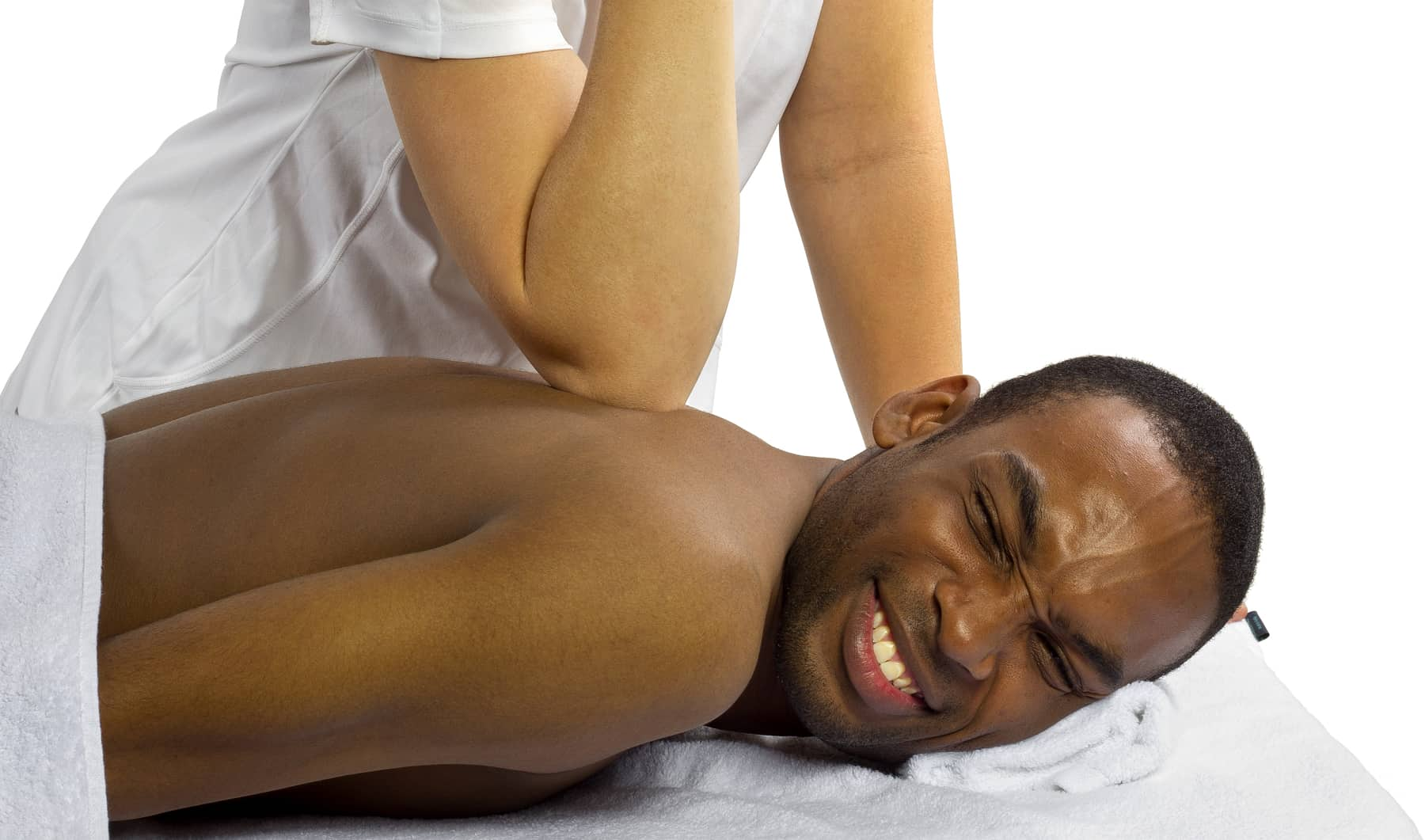
Cardiology, the branch of medicine focused on the heart and its associated diseases, plays a critical role in the diagnosis, treatment, and prevention of cardiovascular conditions. The heart, often referred to as the body’s engine, pumps blood throughout the body, ensuring that oxygen and nutrients are delivered to every cell. Its importance cannot be overstated. Heart disease remains one of the leading causes of death worldwide, making the role of cardiologists essential in maintaining and improving the heart health of populations.
The Essential Role of Cardiologists
Cardiologists are medical professionals who specialize in diagnosing, treating, and preventing heart-related issues. Their expertise ranges from managing conditions like high blood pressure and arrhythmias to more complex diseases such as coronary artery disease and heart failure. Cardiologists assess patients’ heart health through physical exams, medical imaging, laboratory tests, and patient history, helping to identify risk factors or early signs of heart disease before more severe issues develop.
The work of cardiologists extends beyond treatment; it also includes prevention. Cardiologists guide patients in lifestyle changes—such as improving diet, increasing physical activity, and quitting smoking—to prevent the onset of heart disease. Furthermore, they provide ongoing care for individuals living with chronic heart conditions, ensuring they receive appropriate treatment and lifestyle guidance to manage their health.
Understanding Heart Disease: Key Conditions
Heart disease encompasses a range of conditions that affect the structure and function of the heart. Some of the most prevalent heart conditions include:
-
Coronary Artery Disease (CAD): This occurs when the coronary arteries, which supply blood to the heart muscle, become narrowed or blocked due to a buildup of plaque. It can lead to chest pain, shortness of breath, and even heart attacks. Managing CAD often involves medications, lifestyle changes, and, in some cases, procedures like angioplasty or coronary artery bypass surgery.
-
Heart Failure: Heart failure is a condition where the heart can no longer pump blood efficiently, causing a buildup of fluid in the lungs and other parts of the body. Although heart failure is a chronic condition, with proper management involving medication, diet, and physical therapy, individuals can live with this condition for many years.
-
Arrhythmias: These are abnormal heart rhythms that can cause the heart to beat too fast, too slow, or irregularly. The most common type of arrhythmia is atrial fibrillation, which can increase the risk of stroke. Treatment options include medications, lifestyle changes, or interventions like catheter ablation or pacemaker implantation.
-
Valvular Heart Disease: This involves damage to one or more of the heart's valves, affecting how blood flows through the heart. When valves become stiff or leaky, they can cause the heart to work harder, leading to complications. Valvular heart disease may require surgery to repair or replace the faulty valve.
-
Congenital Heart Defects: These are structural heart abnormalities present at birth. Some defects may be minor and require no treatment, while others may require surgery or long-term management. Cardiologists work closely with pediatricians and specialists to care for individuals with congenital heart defects from infancy through adulthood.
-
Hypertension (High Blood Pressure): High blood pressure is a significant risk factor for various heart conditions, including heart attack and stroke. By managing blood pressure through medication, lifestyle modifications, and regular monitoring, individuals can reduce their risk of developing heart disease.
The Advancements in Cardiology
In recent years, significant advancements in cardiology have transformed how heart diseases are diagnosed, treated, and prevented. Some key developments include:
-
Cardiac Imaging: Modern imaging techniques such as echocardiograms, CT scans, and MRIs provide detailed views of the heart, helping cardiologists identify structural issues, blockages, or abnormalities. Non-invasive imaging techniques allow for early detection and more accurate diagnoses, which is crucial for effective treatment.
-
Interventional Cardiology: Interventional cardiology involves minimally invasive procedures used to treat heart conditions. For instance, angioplasty and stent placement can open blocked arteries without the need for major surgery. These advancements have drastically reduced recovery times and improved outcomes for many patients.
-
Robotic-Assisted Surgery: The introduction of robotic technology in heart surgeries has revolutionized how procedures are performed. Robotic-assisted surgery allows for more precise, minimally invasive operations, leading to faster recovery times and less pain for patients. Surgeons use robotic systems to perform delicate surgeries such as valve repairs or coronary bypasses with improved accuracy.
-
Artificial Intelligence (AI) and Machine Learning: AI has begun to play an increasingly important role in ct scan . AI algorithms can analyze medical images, ECGs, and patient data to detect patterns, predict outcomes, and help cardiologists make more accurate diagnoses. These advancements promise to improve efficiency and precision in the diagnosis and treatment of heart diseases.
-
Wearable Technology: The rise of wearable devices, such as smartwatches and heart monitors, has empowered patients to actively track their heart health. These devices can monitor heart rate, detect irregular rhythms, and alert patients or healthcare providers to any concerning changes, allowing for early intervention.
-
Gene Therapy and Regenerative Medicine: Emerging research into gene therapy and stem cell treatments holds promise for repairing damaged heart tissue or even preventing heart disease at the genetic level. While still in the experimental stages, these cutting-edge treatments have the potential to transform cardiology in the future.
Preventing Heart Disease: A Focus on Lifestyle
A major aspect of cardiology is prevention. Cardiologists emphasize the importance of lifestyle changes to reduce the risk of heart disease. Some key preventive measures include:
-
Regular Physical Activity: Exercise is vital for maintaining a healthy heart. Cardiologists recommend engaging in at least 150 minutes of moderate-intensity aerobic exercise per week to strengthen the heart, improve circulation, and lower blood pressure.
-
Healthy Diet: A diet rich in fruits, vegetables, whole grains, and healthy fats can reduce the risk of heart disease. Limiting processed foods, salt, and unhealthy fats can also help keep cholesterol levels in check and maintain a healthy weight.
-
Avoiding Smoking: Smoking is a leading cause of heart disease. Cardiologists strongly encourage individuals to quit smoking, as it significantly increases the risk of coronary artery disease, heart attacks, and stroke.
-
Weight Management: Maintaining a healthy weight is crucial for heart health. Excess weight puts added stress on the heart and increases the risk of conditions like high blood pressure and diabetes, which are linked to heart disease.
-
Managing Stress: Chronic stress can have a negative impact on the heart. Cardiologists recommend stress management techniques such as meditation, deep breathing exercises, or yoga to reduce the risk of heart problems.
-
Regular Checkups: Regular visits to a healthcare provider help identify potential risk factors such as high blood pressure, high cholesterol, or diabetes. Early detection and intervention can prevent or manage heart disease more effectively.
The Future of Cardiology
The future of cardiology looks promising, with groundbreaking developments in genetics, personalized medicine, and technology. The integration of AI into diagnostic tools, the rise of non-invasive treatments, and the potential for gene therapy all point to an era where heart disease could be detected and treated earlier than ever before. Additionally, cardiologists are focusing on improving patient outcomes and quality of life, using personalized treatment plans tailored to each individual’s unique genetic makeup and lifestyle.
Conclusion
Cardiology is a dynamic and essential field that is continuously evolving to meet the needs of patients with heart disease. With ongoing advancements in medical technology, treatment options, and preventive care, cardiologists are better equipped than ever to manage heart health. By emphasizing prevention and early intervention, cardiology can help reduce the burden of heart disease and improve the lives of individuals worldwide. As we continue to learn more about the heart and its functions, the future of cardiology holds tremendous potential to transform heart care for generations to come.




